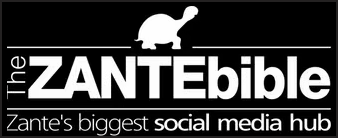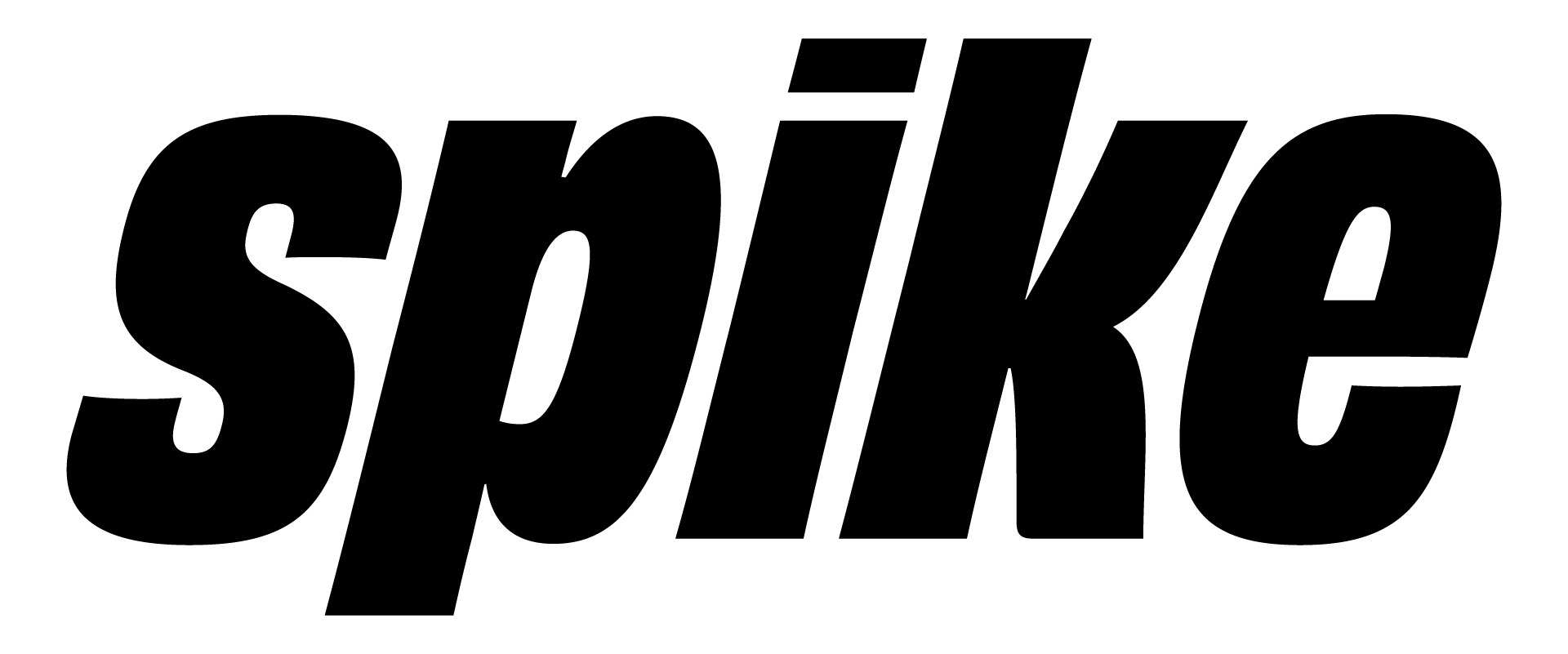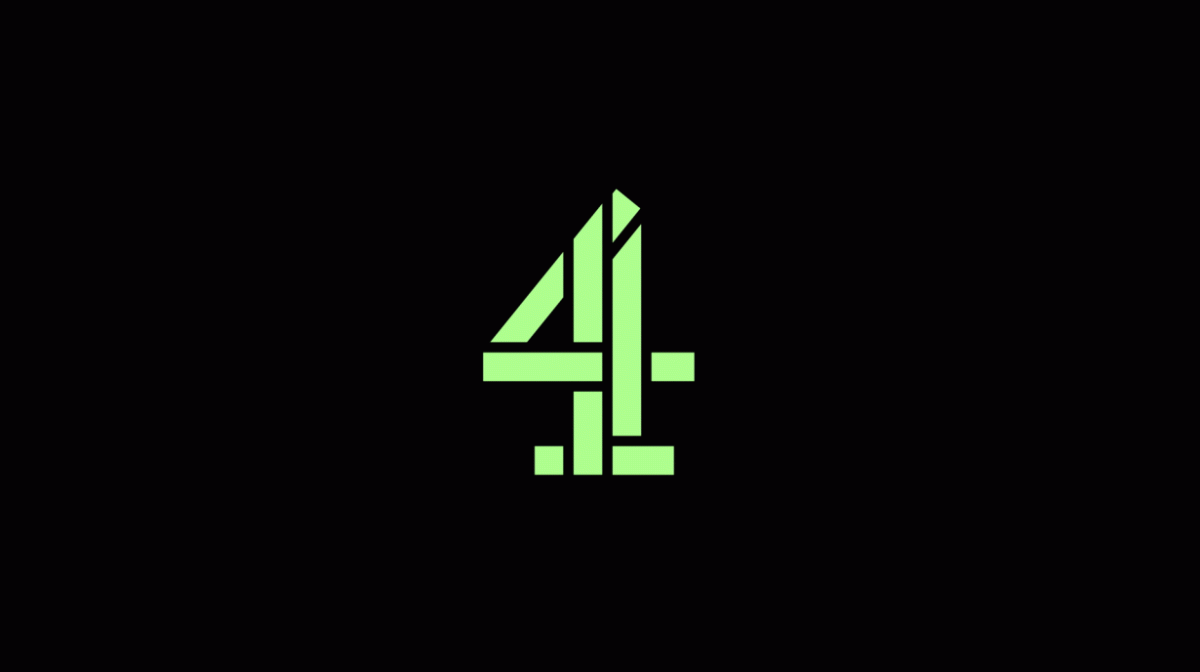They have printed small "rectennas", a cross between an antenna and an AC/DC current converter, onto plastic foils using electronic inks. The rectenna uses radio waves emitted from a smartphone to transmit data to it from a tiny chip.
The printed rectennas cost less than one penny per unit to produce and could be used as an alternative to QR codes.
The technology behind them, Near Field Communication (NFC), is already used in devices that enable shoppers to make card payments by touch. They make their debut in the journal Nanotechnology, published by the Institute of Physics (IoP) this month.
Researchers from Sunchon National University and the Paru Printed Electronics Research Institute spent four years developing the printed rectenna.
"What is great about this technique is that we can also print the digital information onto the rectenna, meaning that everything you need for wireless communication is in one place," co-author of the study Gyoujin Cho told the IoP. "Our advantage over current technology is lower cost, since we can produce a roll-to-roll printing process with high throughput in an environmentally friendly manner. Furthermore, we can integrate many extra functions without huge extra cost in the printing process."
Augmented reality platforms are also providing alternatives to QR codes, although management consultancy firm Greenwich Consulting says that in America QR code usage has increased by 40% year on year.
Source: BBC News







